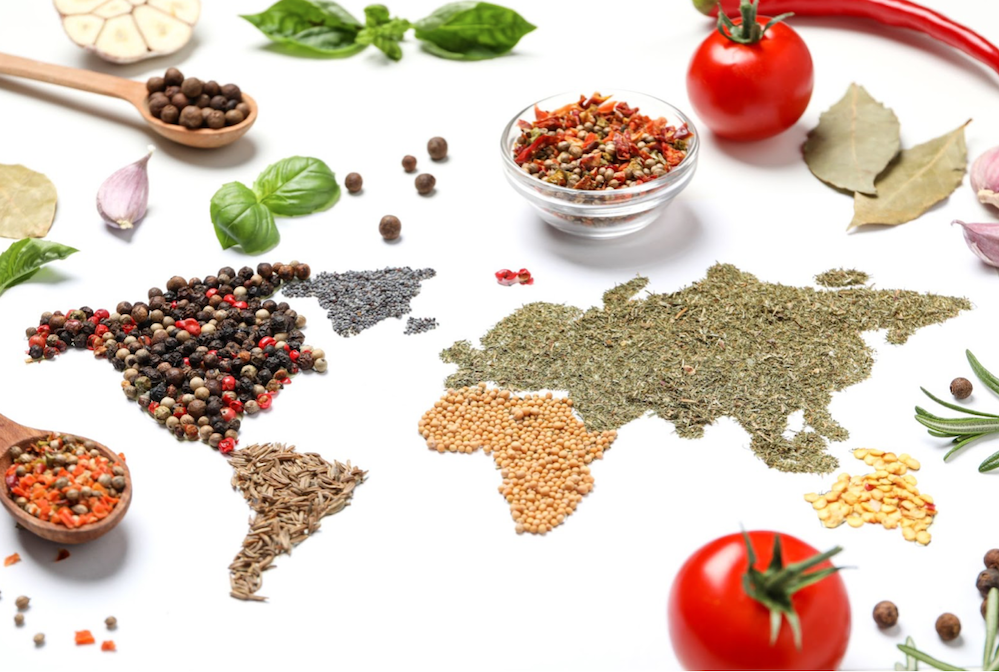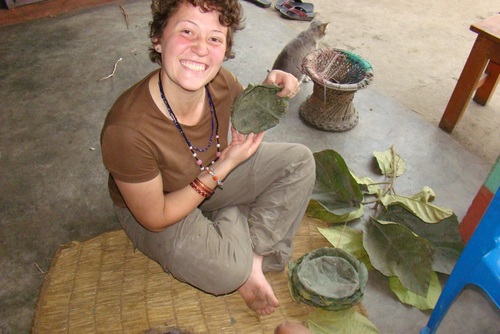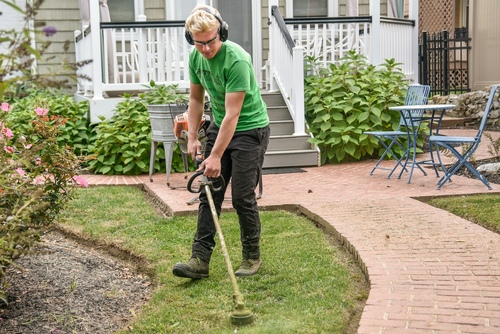Our main food source – agriculture – is heavily affected by climate change, pandemics, war conflicts, and the rising demand of the booming world population.
Farming relies on natural resources running out or becoming unsuitable for crop growing due to extreme weather conditions and harmful practices. To raise crop yields and reach the Zero Hunger goal by 2030, it is fundamental to pursue sustainable strategies in agriculture.
Integrated and Sustainable Approach To Farming
Paradoxically enough, agriculture not only suffers from climate change but is also among the major contributors to this process, accounting for 1/3 of worldwide greenhouse gas emissions (GHG).
To tackle the global food and climate crises, farmers need to adopt sustainable and holistic solutions. With cutting-edge software for precision crop management and a set of healthy farming practices, they can ensure better nutrition for plants, better crop productivity, and a better environment overall.
Proper soil management reduces GHG released into the atmosphere, reliance on nature’s ways of controlling pests lessens the need for pesticides, and planting of nitrogen-fixing species ensures proper crop nutrition with fewer fertilizers. Existing technologies are enhancing sustainable on-field practices giving farmers useful data from space for more precise crop monitoring and crop management.
EOS Data Analytics Commitment To Sustainable Future
Global food supply is on a razor’s edge and can only be protected through a tight collaboration between people and businesses, big and small, public and private.
EOS Data Analytics is one of those committed to prioritizing the sustainability goals in whatever they put their minds to. The company is a global provider of AI-powered satellite imagery analytical tools, such as EOSDA Crop Monitoring, which are already helping to redesign the farming landscape to support sustainable food production and climate resilience.
With the UN’s sustainable development goals (SDG) in mind, EOSDA develops solutions that work across multiple industries that are currently in need of radical change, such as forestry, agriculture, and mining among others.
The crop monitoring system by EOSDA embraces an entire food supply chain as its end users, helping them make informed decisions on or off the field while cutting costs and reducing soil and water pollution.
Another company’s product is the forest monitoring system that is meant to preserve Earth’s forests by tracking and preventing deforestation (illegal cutting, forest fires, extreme weather events, etc.). EOS Data Analytics also partnered with the EU on the 3-year GoldenEye project to improve the safety and profitability of the mining sector and reduce its environmental impact.
Benefits of Taking Up Precision Farming
Today new powerful technology is accessible as never before. Using GPS, satellite crop monitoring, UAVs, sensors, and other recent inventions in their farmlands, farmers can obtain an array of accurate data about what’s going on in and around the field and manage it more effectively.
That is what precision farming looks like. It eliminates guesswork, allowing crop growers to make informed decisions and ultimately cut costs, preserve natural resources, and increase yields.
Farmers taking up precision farming can benefit in many ways:
1. Remote sensing technology provided by satellites reduces the risks of producing low yields or poor-quality crops. Crop monitoring satellite service calculates vegetation indices to identify areas with stressed plants and determine what caused it: pests, diseases, too high/low soil moisture, and so on.
2. Precise information on crop health state, soil properties, and other factors impacting plant growth encourages healthier farming practices, such as variable rate application, integrated pest management, etc. Farmers achieve the same or better productivity by applying smaller dosages of pesticides, herbicides, and fertilizers. As a result, soil and water receive fewer harmful substances, and lands preserve optimal properties for crop growth.
3. Crop monitoring with an aerial or space view of fields means less footwork for scouts and less man hours for farmers to pay for. Smart farm management software, machinery, and equipment lessen the need for human labor, saving time and budget.
All the mentioned advantages of precision farming result in one big common benefit, the economic one. Not only do farmers can reduce costs but also increase their profits.
True to the precision farming goals, EOSDA has developed an online satellite-based platform for field monitoring that makes the work of thousands of farmers much easier.
EOSDA Crop Monitoring integrates many types of data (crop health state, soil moisture, weather forecasts, crop rotation, etc.) and provides tools for its analysis in one place. Satellite data-derived vegetation and productivity maps enable the timely detection of plant stress, precise fertilization, and pest management.
The scouting feature makes field management easier as scouts know exactly where the problem areas are and have a convenient app for keeping records and sharing information within the team. There is also a Team Account functionality for large teams that can access useful data from the same account to take action at every stage of the growing season.
Despite the increasing challenges, people have the necessary tools and expertise to combat world hunger. To produce enough food for the world population, which is projected to hit the 9.6 billion mark by 2050, everyone in the food supply chain should make the transition to sustainability in whatever they do to reach the FAO’s Zero Hunger goal together.








